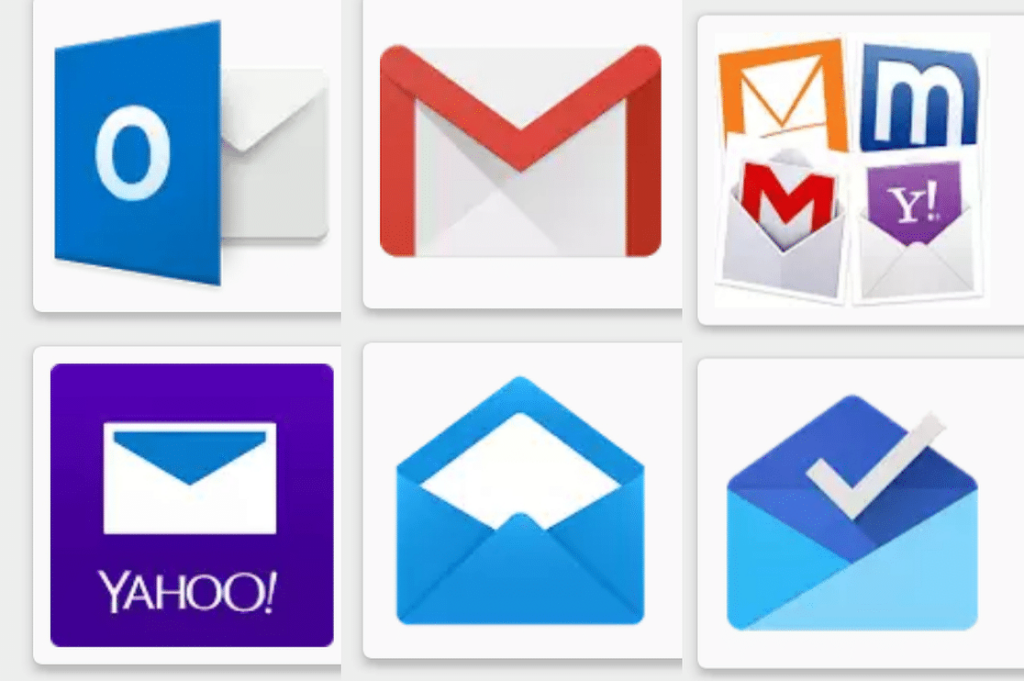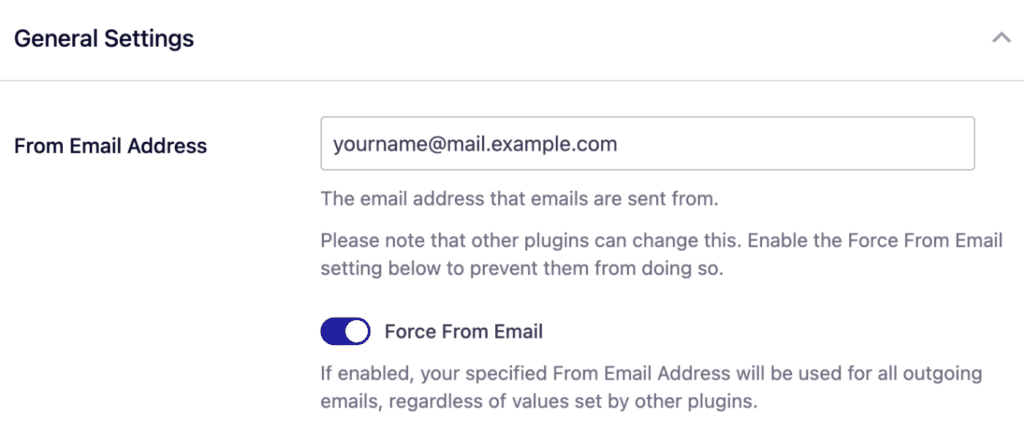Ever wondered why some emails jump out at you in your inbox while others blend into the background? Or have you ever been reluctant to open an email because it seems suspicious or just plain irrelevant?
A big part of that is the sender information – the “From Name” and “From Email” that tell you who the message is from.
Think of it like this: your “From Name” is like your storefront sign, grabbing attention and making you recognizable. Your “From Email” is the address people use to find you, building trust and credibility.
In this guide, I’ll take a detailed look at how choose the perfect “From Name” and “From Email” for the emails you send from your WordPress site. Getting this right can help boost your email deliverability and ensure your emails get opened.
Why Getting Your Sender Info Right Matters
Before we get into details, let’s talk about why this is so important. These days, we’re all drowning in emails. People are wary of spam, phishing scams, and anything that looks suspicious.
Your From name and email may seem like a small thing that wouldn’t have much affect on your business. But choosing the right sender information offers several significant benefits:
- Increase open rates: A recognizable and trustworthy sender name encourages people to actually open your emails.
- Build brand recognition: Consistent sender information reinforces your brand identity.
- Improve deliverability: A professional “From Email” helps avoid spam filters and ensures your messages reach your audience.
- Enhance your reputation: A clear and professional sender identity builds credibility and trust with your subscribers.
Choosing the Perfect “From Name”
Your “From Name” is the first thing people see, so it needs to make a good impression. Here’s a breakdown of the most effective options:
1. Your Full Name
This is a great option if you’re a solopreneur, freelancer, or small business owner looking to build a personal connection with your audience. It adds a human touch and shows there’s a real person behind the emails.
Example: Jane Doe
Best for: Building personal brand, establishing trust, one-on-one communication.

2. First Name + Company Name
This combines the personal touch of your first name with the authority of your brand. It’s a good balance for businesses where personal interaction is important.
Example: John from Acme Corp
Best for: Customer service, sales, client relations, maintaining a personal yet professional tone.

3. Company Name
This is a straightforward and formal approach, perfect for official communications, transactional emails, and newsletters where brand recognition is key.
Example: Acme Corporation
Best for: Order confirmations, shipping notifications, company-wide announcements, marketing campaigns.

4. Company Name + Service/Product Category
This is useful for larger businesses with multiple departments or product lines. It helps subscribers quickly identify the email’s purpose and relevance.
Example: Acme Corp Support, Acme Corp Marketing
Best for: Segmenting email content, improving organization, clarifying communication purpose.

Crafting a Professional “From Email”
Your “From Email” is equally important, as it directly impacts your email deliverability and credibility. Here’s what you need to know:
1. Ditch the Free Webmail Addresses
Using a free email address like @gmail.com or @yahoo.com screams unprofessional and can trigger spam filters. Always use an email address associated with your business domain.

Why it matters: Domain-specific email addresses look more professional, build trust, and improve deliverability.
2. Avoid “No-Reply” Addresses
While it might seem tempting to use a “no-reply” address to avoid inbox clutter, it creates a negative impression and hinders communication. People want to know they can reach you if they need to.
Why it matters: A reply-able address encourages engagement, shows you value communication, and improves customer experience.
3. Use Specific Email Addresses for Different Functions
This helps you organize your email communication and makes it easier for subscribers to identify the email’s purpose.
Example:
- Newsletters: [email protected]
- Support: [email protected]
- Billing: [email protected]
Why it matters: Improves organization, clarifies communication purpose, allows for better email management.
Setting Up Your Sender Information in WordPress with Easy WP SMTP
With Easy WP SMTP, you can easily change the name and email address that are used for the sender information when sending emails from your WordPress site.
Here’s how to set up your “From Name” and “From Email” with Easy WP SMTP:
Go to Easy WP SMTP » Settings

Scroll down to the General Settings section and enter your desired “From Email Address“

This email address must match the sending domain you authorized in SendLayer. For example, if you authorized example.com as your domain, the From Email must contain @example.com.
Next, set your desired “From Name“

Check the “Force From Name” and “Force From Email” boxes if you want to use these settings across your entire site and ignore any settings in other plugins.
Remember to click the Save Settings button after making changes.
Frequently Asked Questions
Here are some of the most commonly asked questions we receive about choosing a From name and email address:
Can I use a different “From Name” for different emails?
While it’s generally best to maintain consistency, you can usually change the “From Name” in specific plugin settings or your email marketing provider.
What if my emails are still going to spam?
There could be several reasons for this. Check your email content for spam triggers (excessive use of capital letters, exclamation marks, “spammy” keywords), make sure your email list is clean and engaged, and consider using a dedicated IP address for sending emails.
Can I use emojis in my “From Name”?
While some email clients support emojis, it’s generally not recommended. They can render differently across various devices and may even trigger spam filters.
How often should I review my sender information?
It’s a good idea to review your sender information at least once a year or whenever you make significant changes to your brand or website.
Choosing the right “From Name” and “From Email” is a crucial step in establishing a professional online presence and ensuring your emails reach your intended audience. By following the tips and best practices in this guide, you can significantly improve your email routing, build trust with your subscribers, and achieve your email marketing goals.
That’s it! Now you know how to choose your From Name and From Email
Next, do you want to know an easy way to monitor your email deliverability and spam complaints? See our article on how to set up Google Postmaster Tools for a step-by-step guide.
